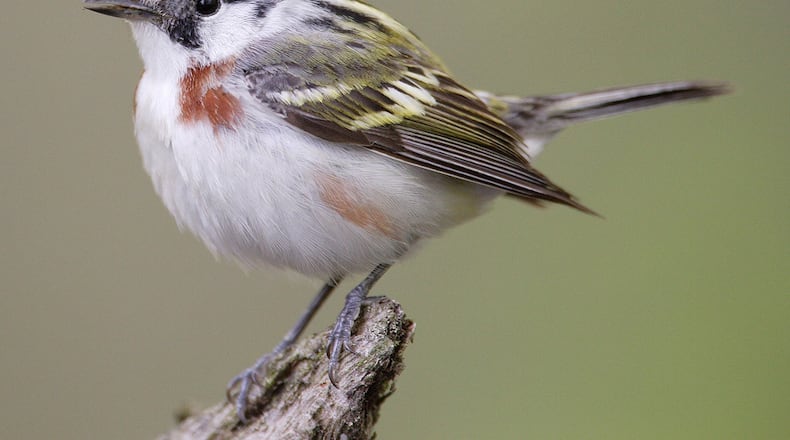With the autumnal equinox (Sept. 22) less than two weeks away, fall bird migration is ramping up, heading to its traditional peak in late September through early October. Hailed as one of nature’s greatest spectacles, “it is a movement of birds almost beyond imagination in sweep and scope,” says famed birder Kenn Kaufman.
At peak time, countless numbers of neo-tropical songbirds — vireos, warblers, tanagers, grosbeaks, buntings, orioles, flycatchers, thrushes —move through Georgia, mainly at night. They join tens of millions of other birds from all over North America in the mass exodus to southern climes. Many of them fly thousands of miles over oceans and continents to reach winter grounds as far south as Peru.
Heading south, too, during peak time are several species of migrating hawks and other raptors, which fly mostly during the day.
At the same time, many species from up north — our “winter birds” — start arriving in Georgia for the winter. They include kinglets, several species of sparrows, yellow-rumped warblers, orange-crowned warblers, cedar waxwings, yellow bellied sapsuckers, more than 15 duck species and others that migrate no farther south than Georgia.
Compared to spring migration, when birds are eager to reach their nesting grounds in North America, fall’s southbound movement is a larger, more drawn-out affair.
Some species, such as purple martins, orchard orioles and ruby throated hummingbirds, began departing in late July to winter quarters in Central and South America and the Caribbean. Some waterfowl, though, may still be southbound as late as December.
More birds also migrate in the fall, when birds born in spring join older birds for the trek south.
You can see some of this great natural pageant this fall during free, open-to-the public bird walks led by Atlanta Audubon Society experts. More information: atlantaaudubon.org.
IN THE SKY: From David Dundee, Tellus Science Museum astronomer: The moon will be last quarter on Wednesday. Mercury is low in the east at dawn; Venus and Mars rise in the east about an hour before dawn. Jupiter is low in the west at dusk and sets about two hours later. Saturn is low in the southwest just after dark and sets around midnight.
About the Author
Keep Reading
The Latest
Featured


